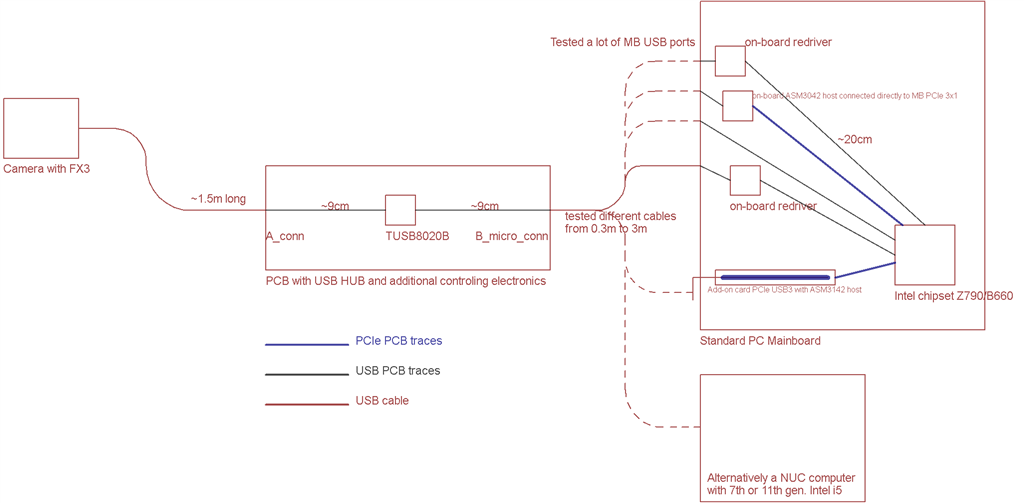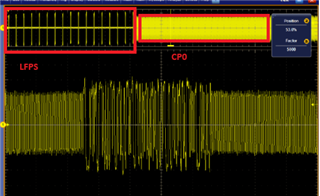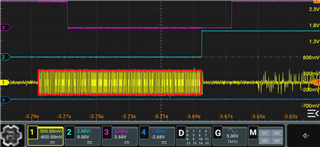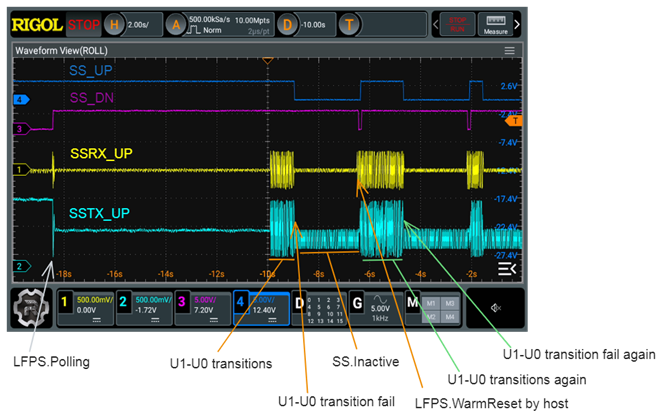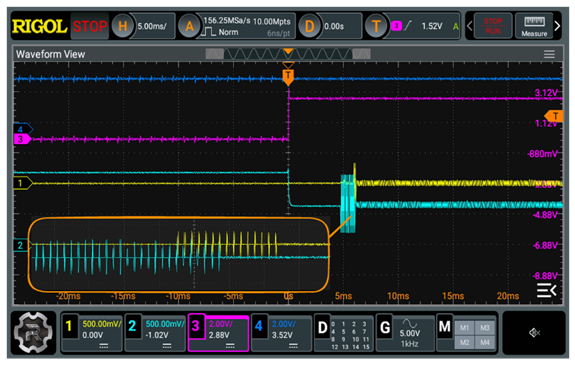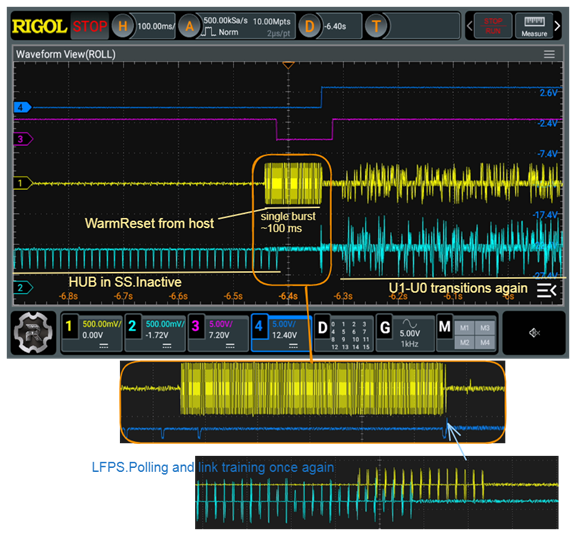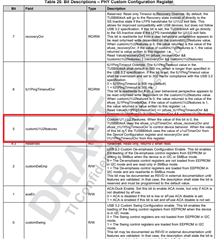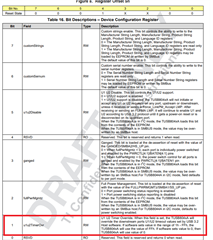Other Parts Discussed in Thread: TUSB8041, TUSB8044AEVM, , TUSB522PEVM
Dear Support Team,
We have been using TUSB8020B in our product for a couple of years and have not experienced problems with link stability. So far, we mostly equipped our systems with Intel NUC series PCs, but recently we started to experiment with different solutions due to unsatisfactory system-level data latencies with newer families of NUCs and/or Windows and/or drivers. We have achieved satisfactory results of throughput and latencies using a separate add-on USB 3 PCIe card. However, when experimenting with various onboard USB 3 ports of a couple of motherboards, we have experienced serious problems with link stability between the PC and the hub. The intensity of the problems seem to depend on the motherboard port, but there is no clear pattern, i.e., Gen2 ports are neither better nor worse than Gen1 ports and even two neighboring ports connected to the same controller may behave much differently. The frequency of the problems is not constant in time, either. There happen periods of flawless connection lasting for a couple of minutes, and then re-plugging the device causes the problems to return.
The problem looks as follows. When our TUSB8020B hub is connected to the PC, it is correctly recognized (as USB 2.0 and USB 3.0 devices) and appears in USB TreeView as expected. Then, when our device is connected to the hub and powered up, its both controllers (independent Super Speed Cypress FX3 and Full Speed FTDI FT230X) are also correctly recognized, but shortly after, the Super Speed device cyclically disappears from the system and then reappears with a period of a few seconds, which can be seen in USB TreeView (and heard as standard "ding-dong dong-ding ding-dong" from the system). The Full Speed controller remains properly connected.
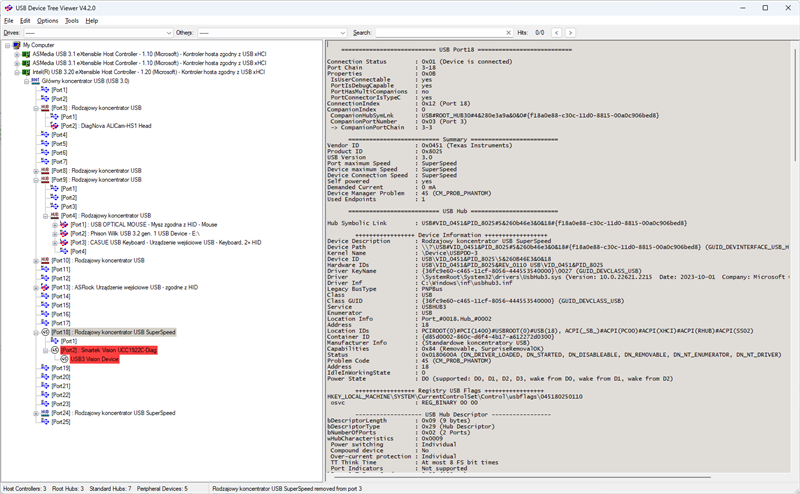
We have captured the waveforms on SS_DNx (purple/3), SS_UP (cyan/2), SSTXx_UP (blue/4) and SSRXx_UP (yellow/1) pins of TUSB8020B. Unfortunately, we do not have access to an USB 3 protocol analyzer. We were also unable to capture SSRX and SSTX at the same time for an interesting reason: with two oscilloscope probes (10 MOhm ~3 pF) touching an SSRX and an SSTX line simultaneously (no matter P or M), the link instability disappeared!
The following pattern repeats: SS_UP goes high and SS_DNx goes high as well. After 300 to 2000 milliseconds (the time varies widely) SS_UP goes low, SS_DN remains high for about 2.5 seconds, then goes low (for about 100 milliseconds). While SS_UP is low, the waveform on SSTXx_UP looks like link negotiation.
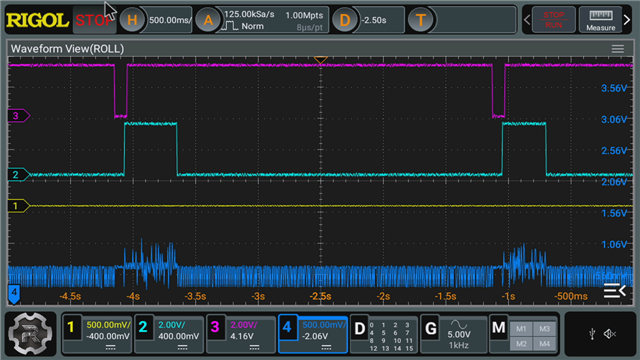
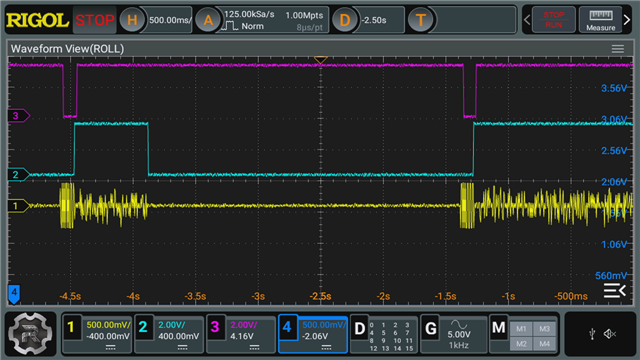
Before you ask:
1. The voltage on USB_VBUS is stable at 0.5 V and does not change, even during the link loss event.
2. The voltage on USB_R1 is stable at GND (actually, about 10 mV) and does not change, even during the link loss event.
3. The voltage on TEST is stable at GND (actually, about 10 mV) and does not change, even during the link loss event.
4. The power pad of TUSB8020B is well-connected to signal GND (see picture). The quality of the solder joints has been verified.
5. The temperature of TUSB8020B is about 44 deg C.
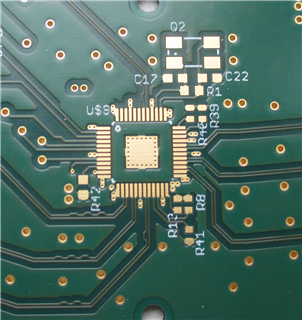
We underscore that our design worked properly with Intel NUC PCs for a couple of years. We have Super Speed transmission lines in our boards on both sides of TUSB8020B (approx. 10 cm in length), the lines are carefully laid out and our PCBs are manufactured with impedance control for symmetric lines. We have board revisions from two manufacturers and both experience similar problems (the older revision seems to lose the link less frequently, however).
We know that NUC mainboards are small and therefore they have relatively short Super Speed transmission lines, and this is also the case with the add-on PCIe card, while normal PC motherboards are much bigger and often have much longer transmission lines. We have seen complaints on unreliable USB 3 ports in various mainboards. Our most tested mainboard has signal redrivers in the transission lines, and we have seen complaints on redriver-equipped ports as well. We also know from our own experience that Cypress FX3 performs poorly with redrivers in the transmission lines (but here we have TUSB8020B in the middle).
We suspect that the problem is poor quality of the link between the hub and the host on the PC MB, not necessarily on our side (worked perfectly with NUC), maybe due to a very large distance between the sockets and the MB chipset.
- Why then the problem only occurs only with our device on the downlink side of TUSB8020B? We have tried other devices: hard disks, video grabbers -- none experienced similar problems.
- When our device is connected directly to the same MB port, it works properly (no link loss). Why adding a hub in between induces the problem?
- Can this be related to the short Pending HP Timer of TUSB8020B?
We would be grateful for any suggestions and help with interpreting the oscilloscope waveforms.
Best regards,
Michal


